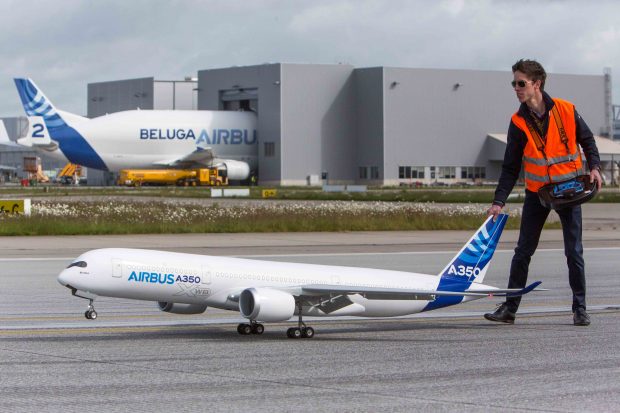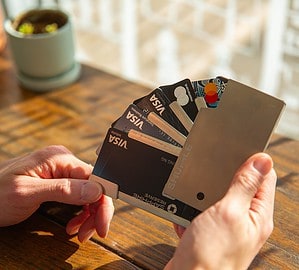There’s a lot to consider when choosing the first scale model you will build. Thankfully, enough hobbyists have gone through this exact process for there to be plenty of experiences documented online that you can use to learn.
If you’re looking for a condensed version of what everyone else has gone through, this list has got you covered and then some. Here’s your step-by-step guide to choosing your first scale model.

Things to keep in mind
If you want everything to go right with your first model, then there are a few things you’ll need to think about when picking a kit.
Complexity
When choosing a first model, consider simple options made of injection-molded polystyrene. Plastic is easy to glue back together if you break it, and there’s less frustration involved in constructing something simple when you’re first wrapping your head around things.
Subject matter
Whatever model you choose will be a model of something you care about. Whether it’s for the history of the thing itself or a love of the finished product, your passion will see you through the process. Caring about what you’re building is the difference between a beloved hobby and a dreaded chore.
If you’re looking to spruce up your finished product for display or photos, you can invest a little extra in the finishing touches. For example, a fresh coat of paint can make the small details on your model pop, or you can look into unique lighting options from providers like Evan Designs.
Quality
There can sometimes be a dramatic difference between older and newer kits. Older models may have used molds that might have been less rigorously quality-tested to begin with and have worn down with time on top of that. A poor-quality mold will mean dealing with more challenging pieces to fit together upon completion.
These builds will take some Googling, especially since newer models tend to involve mixed media. Finding something that’s both simple and new can be a challenge in itself, but it’ll be worth it when you finally find that special model that checks all the boxes.
Size
Small models at a small scale are often a good first choice because it will be harder to see if you get something wrong. Of course, a larger model will have fewer pieces but need more space to display.
Cost
Keep your costs to a minimum. Modeling can be either very cheap or very expensive as a hobby. You don’t want to be dreading making a mistake on something that cost a small fortune.
Other considerations
Are you thinking about putting together a model aircraft or for your first kit? These kits are a great start, but it’s always a good idea to check reviews to make sure it’s not going to be a frustrating experience. Likewise, ship models will have potential complications like riggings. Tanks are always a classic, but an armored car might be a better alternative as treads can sometimes be tricky to assemble.
Ships have different paint above and below the waterline. Cars and motorcycles often have different components and clear, breakable plastic with a lot of decals. Aircraft have even more breakable transparent plastic–especially helicopters–and anything with multiple wings to line up can be an experience. Still, it depends on what kind of challenge you actually feel like you can take. The model world is your oyster.
Wrap up
Whether you’re looking to decorate your home or think a scale model would be a perfect anniversary gift, knowing what to consider can help ensure you choose the best model. Just remember that making your first scale model will likely involve trial and error, but the end results will be worth it. With enough glue, paint (for that all-important cover-up coat), and patience, you’ll be ready to take on any scale model.



